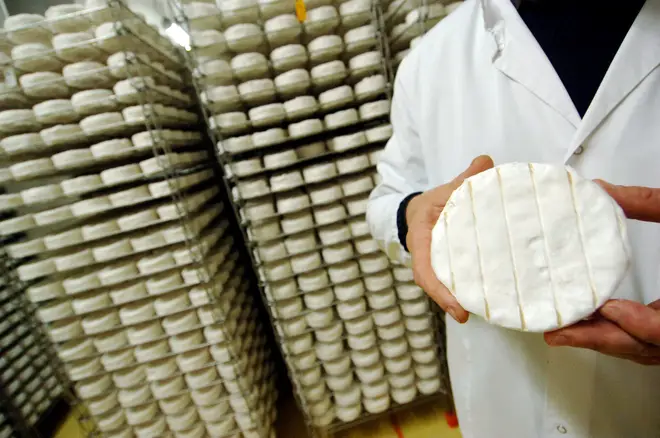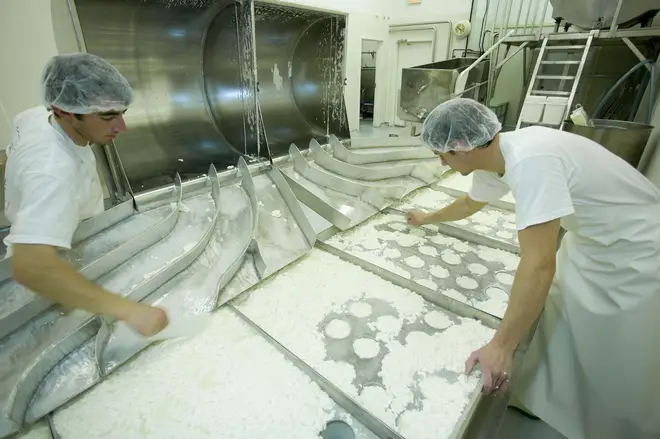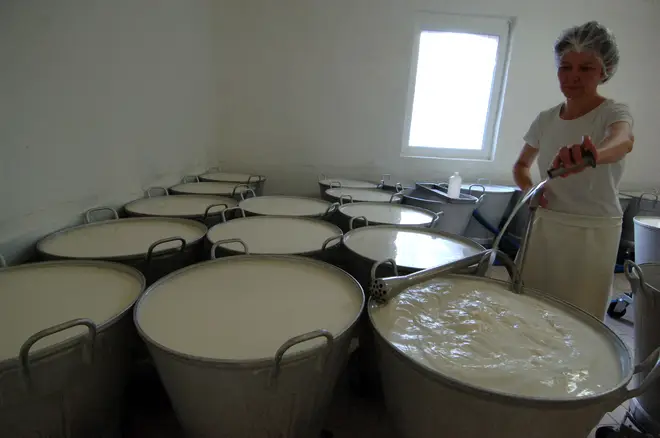
Richard Spurr 1am - 4am
1 February 2024, 12:55

Brie and camembert could disappear from shelves because the fungi that make them are dying off, French scientists have warned.
The fungi used to make camembert and brie has declined because of attempts to make the cheese with a typical white rind, according to the National Centre for Scientific Research (CNRS).
And the fungus could die off because of the "overly drastic selection" - meaning that the cheeses would go extinct.
Blue cheeses like Roquefort are also at risk, but not as much as brie and camembert, because they are surface-ripened.
The fungus that forms on camembert and brie - which are similar cheeses, originally developed in different parts of France - is first thought to have grown organically when cheese was stored in damp cellars
It later became more efficient to use spores grown in laboratory conditions. From the 1950s onwards the fungi were cloned so they would grow quickly and conform to industry flavour, colour, and food safety demands.

In Normandy, cheese producers used an albino strain of the fungus to produce the white-coloured rind.
This is where the problem started, according to scientists.
"What happened, as it does every time an organism large or small is subjected to overly drastic selection, is their genetic diversity has been greatly reduced," said Jeanne Ropars, a researcher at Paris-Saclay University's laboratory of ecology, systematics and evolution.
She told the Times: "The cheesemakers didn't realise they had selected a single individual, which is not sustainable."

The CNRS said that although the fungus could originally reproduce sexually and asexually, cheese producers "use the asexual method, producing clonal lineages to perpetuate the moulds".
Although this produces more uniform results, over time it "induces the degeneration of the [fungus] strain in question".
The scientis added that "Blue cheeses may be under threat, but the situation is much worse for camembert, which is already on the verge of extinction."
Now penicillin camemberti, the fungus used to create the cheeses, has lost its ability to reproduce sexually, as well as its ability to produce asexual spores.
That has made it very difficult for cheese producers to find enough spores to create more.
Researcher Tatiana Giraud said that the only way of saving the cheeses was through "the diversity provided by sexual reproduction between individuals with different genomes".
That means that people who like brie and camembert will have to learn to love "diversity in flavour, colour and texture" in future.